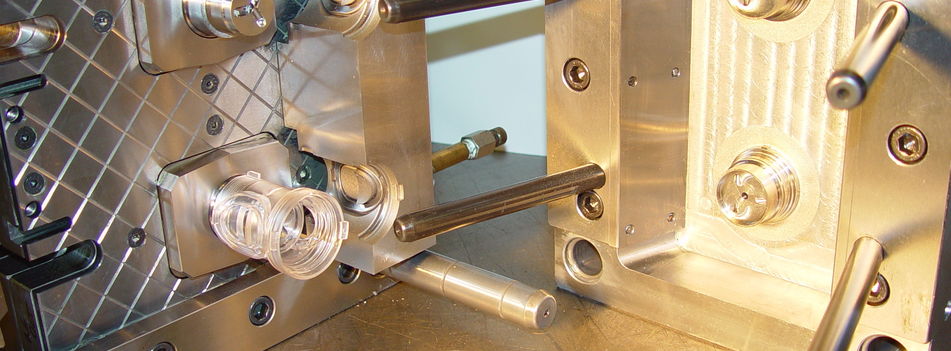Capabilities
Tampo pad printing
The printing of finished parts is a popular way for companies to increase the visual aesthetics of a manufactured part for a relatively low cost
The printing of finished parts is a very popular way of increasing the visual aesthetics of a product part for relatively low cost. At AKI pad printing is carried out on one, two and three-colour pad printers and five-colour CNC printing machines. All machines are microprocessor controlled; so all parts are printed to the highest standards, and each colour that's printed uses a separate pad so the printing can be built up gradually for a perfect print.
Pad printing is a cost effective way to print parts, yet it's also a highly reliable process and can produce parts to a high standard. The most crucial part of the pad printing process is the plate on which the graphic is etched - called the cliche. The etching of graphics onto this plate is very important, as it determines the quality of the final graphics once printed onto the component.
Once this cliché is placed in its fitting in the machine the 'cup', which contains the ink for the printing, is positioned on top. This ensures that while the pad is printing the component, the cup will distribute ink into the etch on the cliché. As the arm controlling the pad slides back, the ink cup moves with it and slides away from the etch. This means that only the ink on the plate will be retained in the etch and so can be picked up by the pad.
The pad is then lowered onto the designed graphic, formed by the etching, and picks up the ink that is transferred to the next part. This is the printing process. The pad is made from silicon as this means it can pick up the inked pattern without the ink permanently becoming attached to it. The hardness of the pad will depend on the texture of the surface that is to be printed. For example for a rough surface, more pressure will be required to apply the ink on the surface, so a harder pad is required. The opposite is true for surfaces which have a smooth finish. The consistency of the ink is also very important.
Printing using a state of the art CNC machine ensures that graphics are printed to the highest possible standard. Six pads, using five colours, are programmed using the touch panel interface so the sequence of printing can be optimised. CNC pad printing also means that each part that's being printed is lined up using lasers to ensure that it's in exactly the right position under the pads. This ensures that even when the machine is loaded with a number of mouldings at a time, each one will be printed to the same standard - reducing production time and keeping costs to a minimum.
CNC pad printing also benefits from having a 3-axis servo motor driven robot-printing arm. This means that it's possible to print very large parts or even parts that have an uneven surface. Since injection moulded parts are rarely perfectly flat this is a major benefit as it means any graphic can be printed onto the surface of the mouldings with little difficulty.

Many of the mould tools we run in our moulding machines have complex cores which operate in a plane 90 degrees to the tool opening plane.